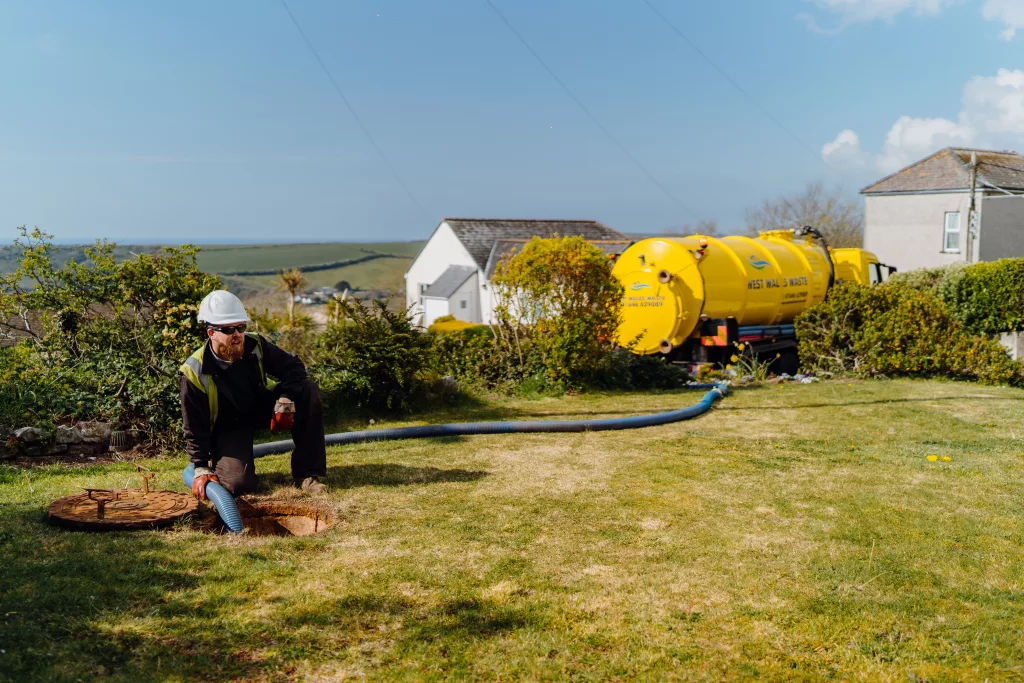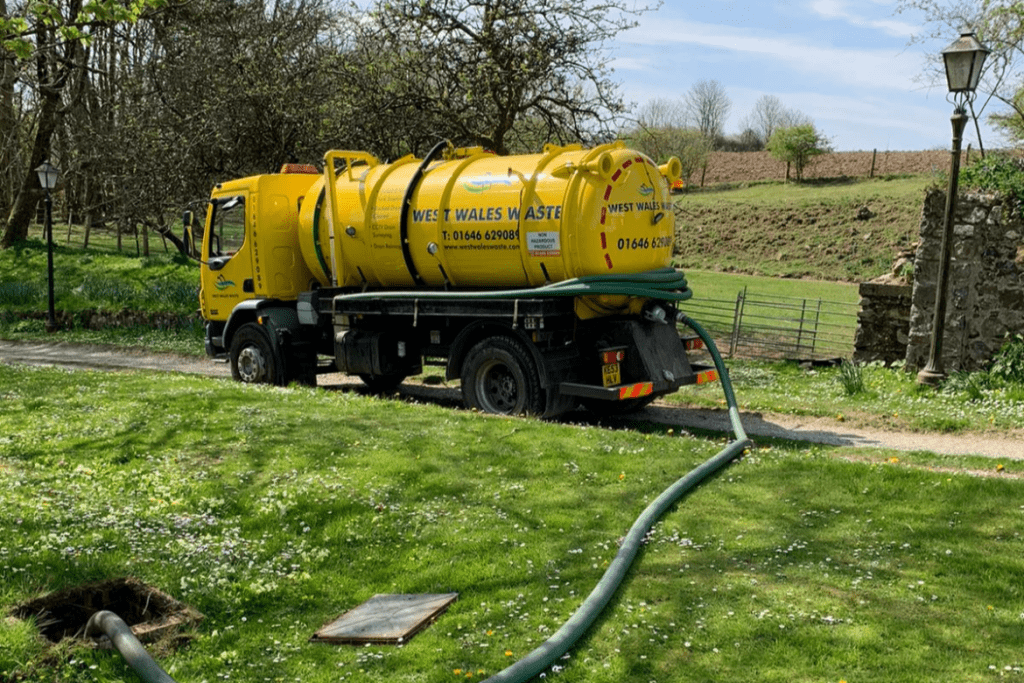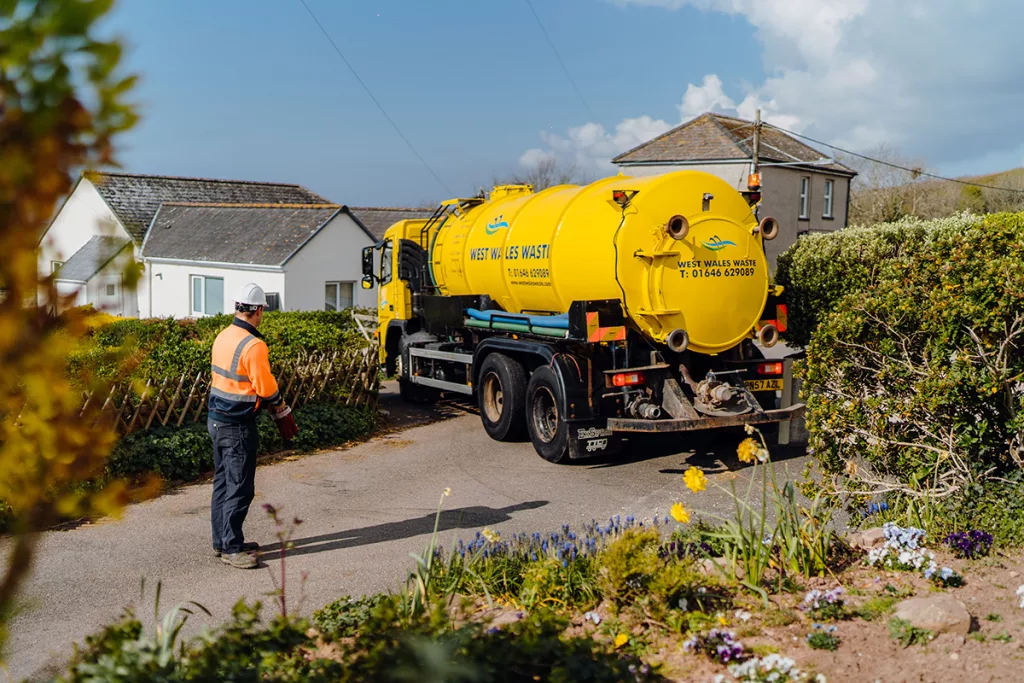When it comes to managing domestic wastewater in rural or non-mains drainage areas across the UK, homeowners typically have three main options: septic tanks, cesspits, and sewage treatment plants. Understanding the differences between these systems is essential for making an informed decision about waste management in your property.
Septic Tanks

A septic tank is a buried, watertight container usually made of concrete, fibreglass, or plastic. It’s a traditional solution for wastewater management. The primary function of a septic tank is to separate solids from liquids, allowing the liquid effluent to be safely discharged into a drainage field.
How it Works:
- Waste enters the tank from the house.
- Solids settle at the bottom and partially decompose.
- Liquid flows out into a drainage field, where it undergoes further natural treatment.
Pros:
- Environmentally friendly as it uses a natural process.
- Lower installation costs compared to sewage treatment plants.
Cons:
- Requires a suitable area for a drainage field.
- Regular emptying and maintenance are necessary.
Cesspits

A cesspit, also known as a cesspool, is a sealed underground tank that collects and stores sewage. Unlike septic tanks, cesspits have no outlet to discharge the liquid.
How it Works:
- All waste is stored in the tank.
- It must be emptied regularly by a licensed waste handler.
Pros:
- Suitable for areas where a drainage field can’t be installed.
- No processing or discharge of waste on-site.
Cons:
- Requires frequent emptying, which can be costly.
- No treatment of waste occurs within the tank.
Sewage Treatment Plants

Sewage treatment plants are advanced systems that treat waste water to a level that it can be safely discharged to a watercourse. They use mechanical and biological processes to break down waste, producing effluent that’s cleaner than that from a septic tank.
How it Works:
- Wastewater enters the plant.
- Biological and mechanical processes treat the water.
- The treated water is discharged to a watercourse or drainage field.
Pros:
- Produces effluent that’s safe for discharge into watercourses.
- Less environmental impact compared to septic tanks and cesspits.
Cons:
- Higher installation and running costs.
- Requires electricity to operate.
Conclusion
Choosing the right wastewater treatment system depends on several factors, including the location of your property, local environmental regulations, and personal preferences. Septic tanks are great for environmentally conscious homeowners who have space for a drainage field. Cesspits are a solution for properties where other systems are not feasible, albeit at a higher maintenance cost. Sewage treatment plants, while more expensive, offer the most environmentally friendly solution with minimal impact.
For tailored advice and installation services, contact West Wales Waste, your local experts in wastewater management solutions.


